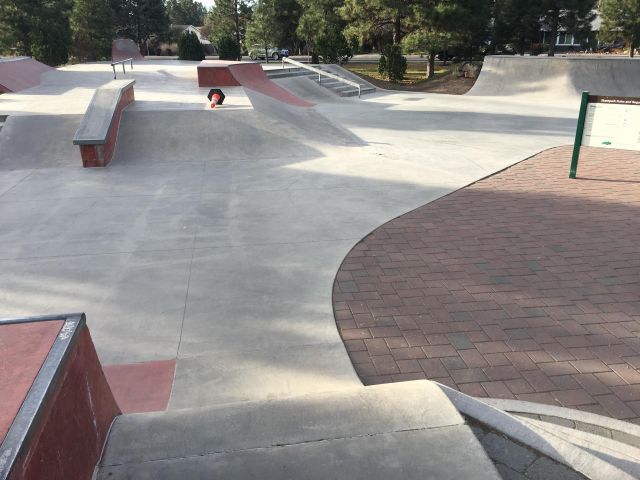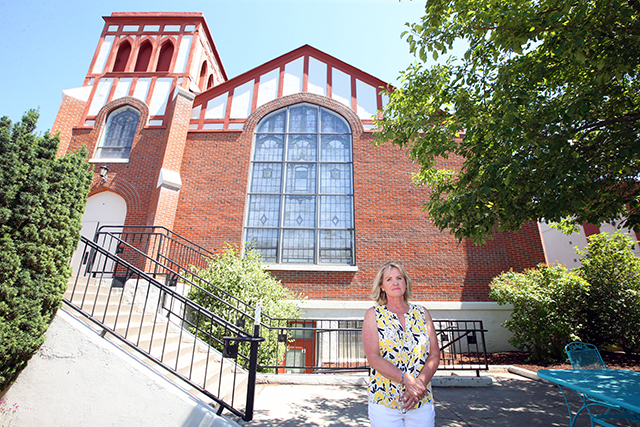Guest Column: Harden communities, don’t log to protect against wildfire
Published 9:00 pm Wednesday, March 20, 2024

- Wuerthner
A recent article in The Bulletin proclaimed that millions of federal dollars are coming to Central Oregon to “restore” forest health and “reduce” the risk of large-scale wildfire.
These assertions by Forest Service representatives demonstrate the ignorance or malfeasance of the agency.
Trending
First, large scale wildfires are the result of climate/weather conditions, not fuels. Climate change is fueling the larger blazes. Nearly all the acreage burned annually occurs during the relatively few weather conditions that promote fire spread. If you don’t have these conditions, nearly all fires self-extinguish or are easily suppressed.
We have numerous examples of where fuel reductions failed to stop a fire under extreme fire weather. For example, the Holiday Farm Blaze that raced down the McKenzie River burned through enormous clearcuts which failed to halt the blaze.
Second, the agency doesn’t count the trees it kills with chainsaws as a loss. But research has shown that in many instances, if you add in the trees removed to “save” the forest to any ultimately lost to insects, disease or fire, the total is greater than any of these natural processes would kill.
Third, thinning and prescribed burning are not benign. They often require roads (which incidentally is one of the major places for human ignitions) that disturb wildlife, causing sedimentation in streams.
Prescribed burning often increases the growth of fine fuels like grasses and shrubs that carry fires. In order to preclude them from being a means of fire spread, prescribed burns must be repeated every few years. To be effective such burns should be immediately adjacent to communities and maintained forever.
Fourth, keep in mind the bias of the timber industry, forestry schools and the Forest Service, they are all committed to logging the forests. Their assessment that large high-severity fires are undesirable merely demonstrates their bias. These wildfires which are ultimately rare events. Of the 1.5 million wildfires that have burned since 2000, only 2% are considered “large” though they contribute to the bulk of the acreage charred. These large blazes are essential to maintaining healthy forest ecosystems. The snag forests that result from such blazes are critical to numerous plants and animals who live in mortal fear of green forests.
Trending
These snag forests support more mushrooms, bees, wildflowers, many bird species, small mammals, and even fish (when the logs fall into creeks) than so-called “healthy” forests.
Fifth, while it is accurate to say that all the forest types in central Oregon periodically burned, what is not said is that most of the plant communities in the region only burned at long fire rotations of many decades to hundreds of years. They are not “unhealthy” nor do they require “fuel reductions.” This includes sagebrush, juniper, spruce-fir, aspen, and all other plant types. The only exception are dry forest of ponderosa pine, however, even in these forests, occasional high severity blazes occurred, so are not “unnatural”.
Even dead trees killed by wildfire or insects store carbon. While logging removes the carbon from the site and releases it immediately into the atmosphere contributing to climate warming which is driving large wildfires. In Oregon logging contributes more to greenhouse gas emissions than transportation.
The most cost-effective means of reducing large wildfires is to protect all public lands from logging. The Biden administration recent effort to protect old growth forests is a step in the right direction, but we also need to protect mature forests which ultimately transition to old growth over time.
Finally, the best way to protect communities is not by logging the forest, but by hardening the community and preparing for evacuations. Home hardening means removing things like pine needles from roof and gutters, keeping flammable vegetation away from home foundations, and installing devices like roof sprinklers. These and other methods are proven to work even when there are high-severity blazes.
Do you have a point you’d like to make or an issue you feel strongly about? Submit a letter to the editor or a guest column.








